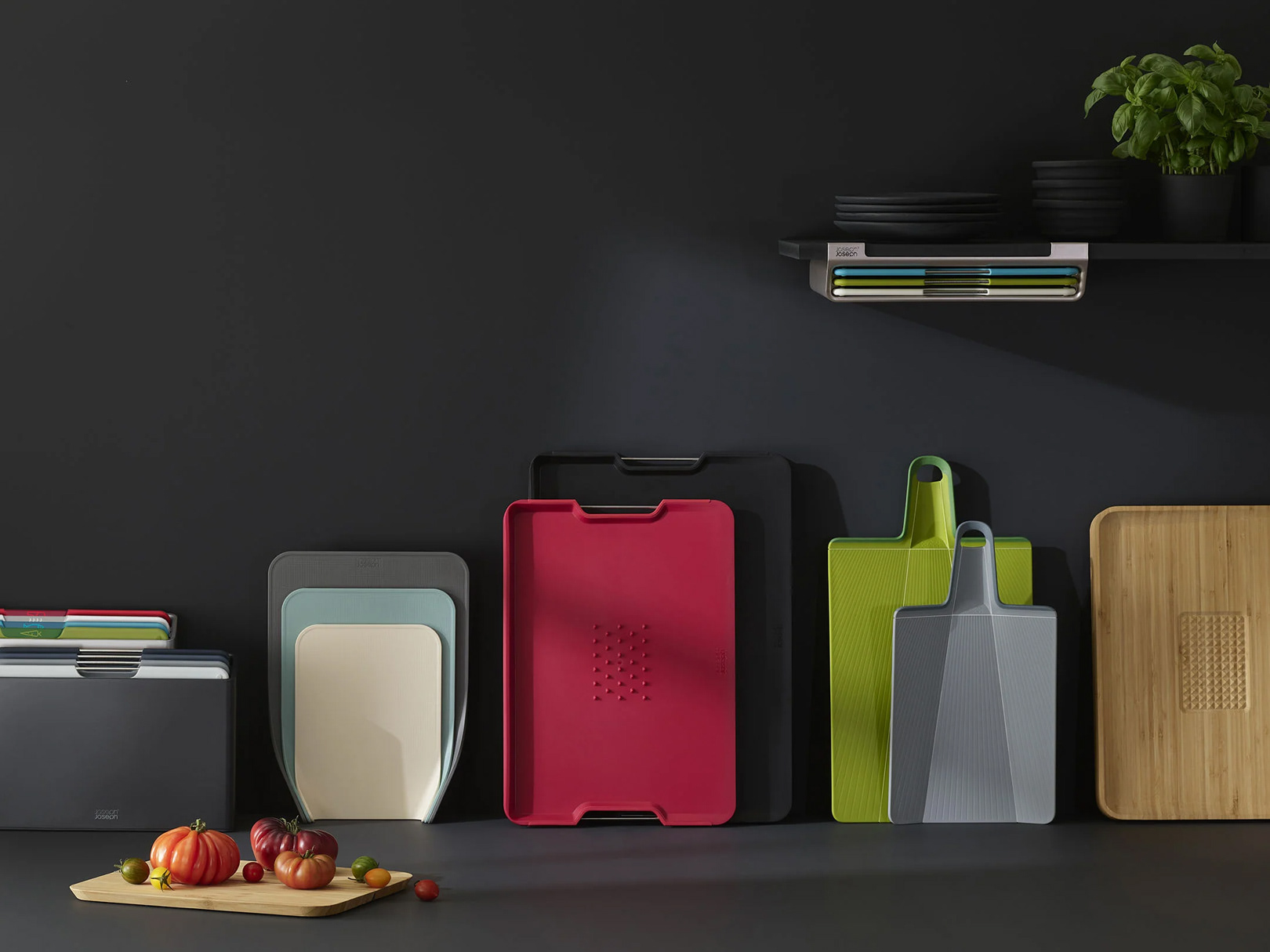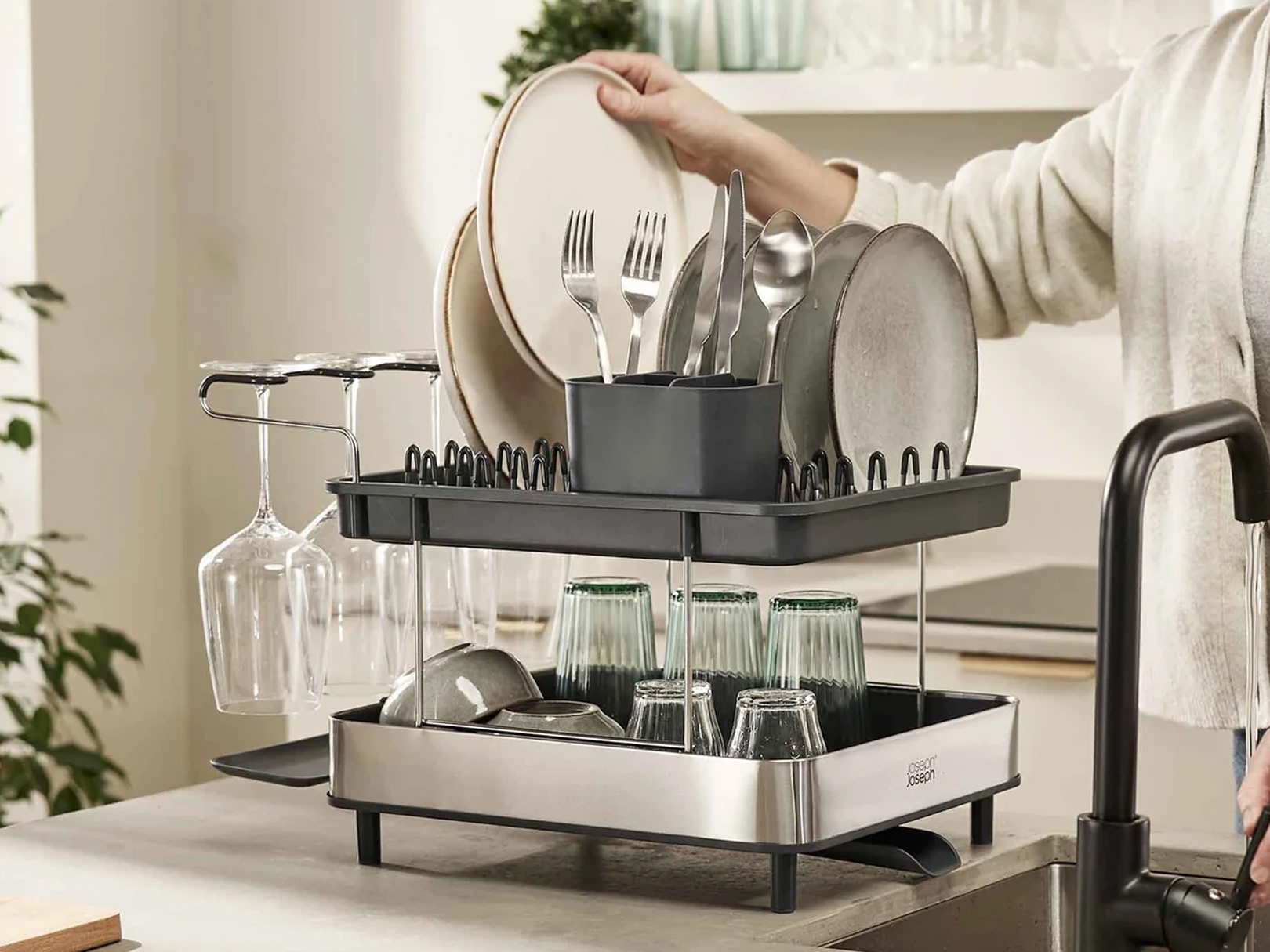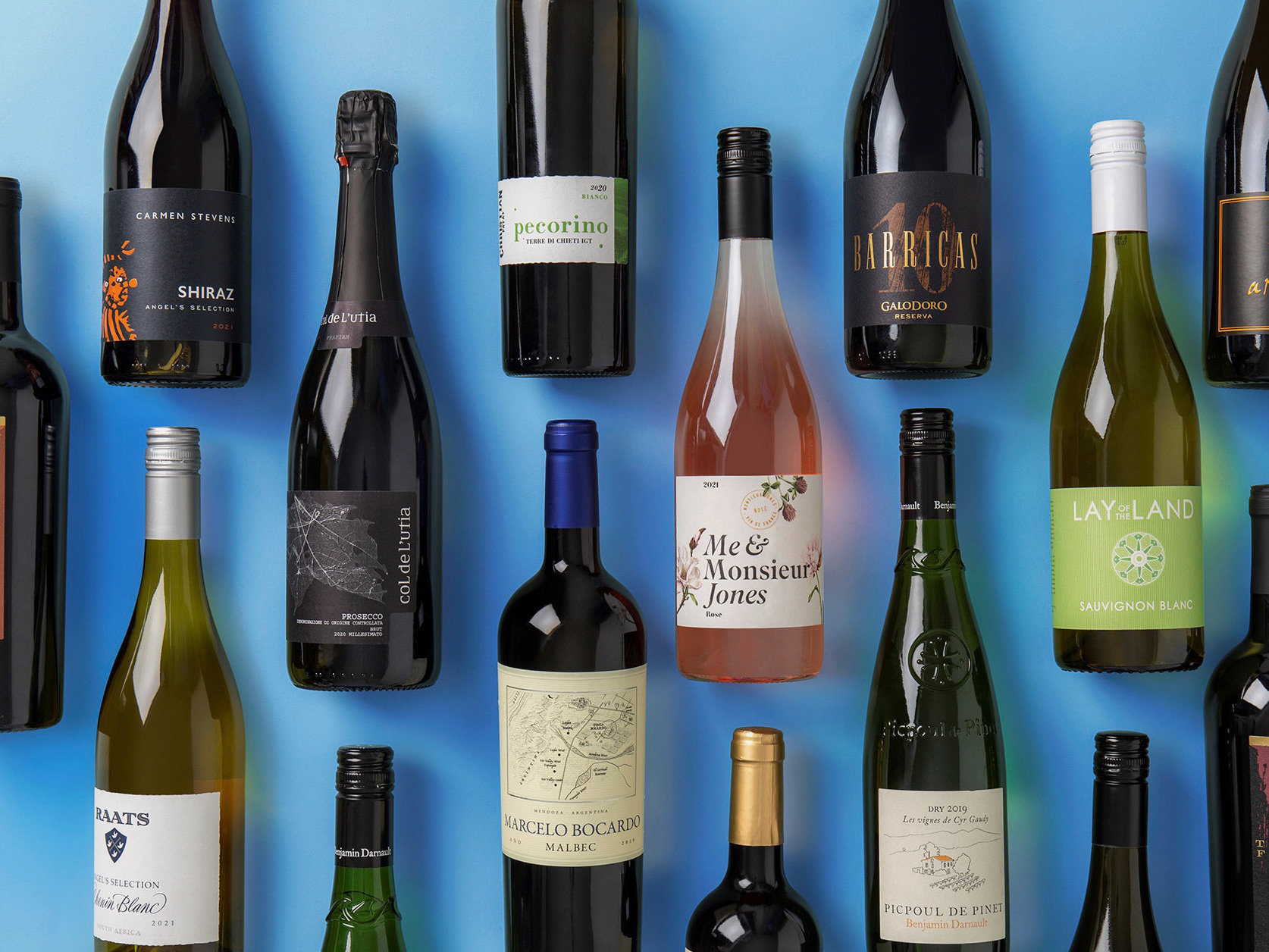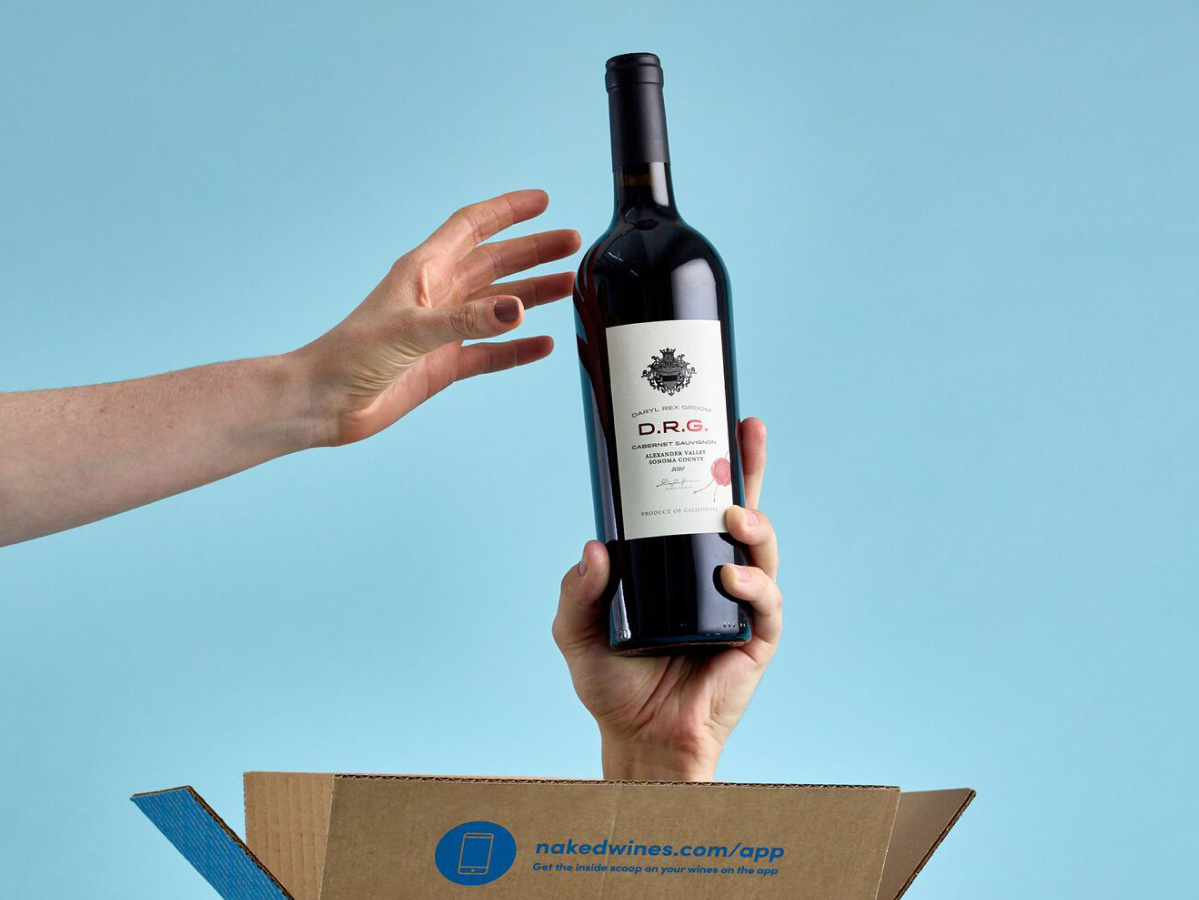Overview
Goal: Encourage more customers to rate wines after delivery to improve recommendations and increase repeat purchases by simplifying and personalising the experience.
Role: Product Designer, leading UX and UI design from discovery through delivery. Responsibilities included user research, mapping flows, identifying pain points, ideation, and collaboration with product, data, and engineering teams.
Team: Cross-functional collaboration with developers, analysts, and product managers.
Impact: Earlier and increased engagement with wine ratings, improved data quality, and consistent UI across web and app platforms.
The problem
Only a small percentage of customers rated their wines despite clear data linking ratings to better outcomes like more repeat orders and stronger customer satisfaction. Qualitative research revealed deeper issues:
• Customers found the old journey repetitive and confusing
• Many didn't realise their ratings were stored anywhere
• Some skipped rating entirely if they’d had a faulty bottle
• The call-to-actions felt biased toward sales, even when the wine wasn’t loved
A more customer-first system was needed to encourage ratings, help customers understand preferences, and simplify reordering.
The opportunity
Analysis of quantitative data and user feedback showed a clear opportunity: increasing ratings earlier and more often would help us improve recommendations and drive customer retention. Key insights included:
• Many new and single-order customers rarely engaged with the ratings system
• The existing flow was lengthy and sales-focused, not customer-focused
• Customers wanted a simpler, more relevant way to share their feedback
• Increasing ratings would help tailor wine recommendations and encourage repeat purchases
*Metrics have been intentionally blurred to protect internal data.
Design process and implementation
My role
• Led the end-to-end redesign of the ratings system
• Conducted user research, analysed data, and mapped existing user flows
• Translated data insights and user feedback into customer-focused design improvements
• Worked closely with product managers, engineers, and analysts to align design with technical feasibility and business goals
Key design improvements
• Streamlined the rating journey to reduce friction and encourage completion
• Developed tailored follow-up questions based on initial responses
• Introduced clearer, more honest public rating visuals
• Added options for private notes to support repurchasing decisions
• Segmented fault reporting to maintain rating accuracy
Launch and rollout
• The squad managed a phased rollout across all three markets (UK, USA, AUS)
• We developed customer communications including multi-phase emails, updated FAQs, and an on-site landing page communicating all the updates and how it will affect our customers
• We created internal resources to support customer service teams during the transition phase
• We monitored engagement metrics post-launch to inform future improvements
The solution
• Redesigned the ratings flow to focus on a simple, customer-centred question: “Did you like this wine?”
• Created dynamic follow-up screens tailored to different rating responses, enhancing relevance and reducing friction
• Enabled customers to add private notes for their own reference as well as public reviews to share with the community
• Improved public rating displays to show the percentage of customers who liked the wine, offering clearer, more honest feedback
• Integrated rating prompts strategically across the homepage, product pages, My Wines, and product cards to encourage engagement
• Introduced a separate fault-reporting feature to protect overall wine ratings from being impacted by faulty products
• Ensured a seamless and consistent experience across web and app
Impact
The redesign led to several positive outcomes that enhanced the customer experience and business goals.
Key outcomes include:
• Increased engagement with the ratings system, particularly among repeat customers
• Customers provided feedback on wines more quickly after purchase
• Improved confidence and ease when reordering favourite wines
• Helped customers make better-informed decisions through clearer ratings and notes
• Protected overall rating quality by separating fault reporting from ratings
• Strengthened the relationship between customer preferences and product recommendations
• Supported long-term customer loyalty and satisfaction
Reflection
This project reinforced the importance of designing beyond assumptions and focusing on what truly benefits customers. Wine ratings aren’t just data - they are emotional touch points that build trust. By simplifying and personalising the experience, we empowered more customers to explore and enjoy wines on their own terms, ultimately enhancing their relationship with the brand.



